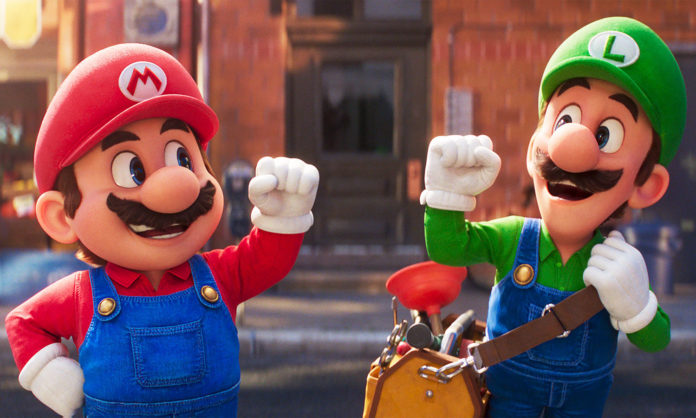In a post on Writers Write, Oliver Fox examines Kishotenketsu, a story structure found in East Asian novels and films, which is far different from the typical three-act structure with its rising and falling action.
Originating as a form of poetry in China, Kishotenketsu was later adopted in Korea and then Japan, where it was adapted to fiction and film. Rather than following the traditional Western pyramidal story structure, in which a protagonist has a clear, relatable goal to achieve, Kishotenketsu has four tentpoles: the introduction; the development and progression of the story; a twist that sends the story in a wildly different direction; and the resolution. “In the West, we expect a story to center on a character who proactively pursues a goal which we can root them on toward achieving,” Fox explains. “However, in Kishotenketsu, we find a character simply going about their lives until they are forced to react to some bizarre, unforeseen circumstance. This is what I call a ‘Karmic structure,’ as the story advances—not by the characters’ pursuit of a goal—but through the law of Karma (cause and effect).”
Fox suggests that Kishotenketsu facilitates unpredictable elements and ending. “By building in a dramatic question, Western ‘Dharmic’ narratives foreshadow their potential endings ahead of time. The audience already knows, generally, where the story is headed,” he says. “Because of the prevalence of outside forces acting upon the characters, driving the plot, a Karmic story could end in many ways. There is just no way to forecast how such stories will end.”












